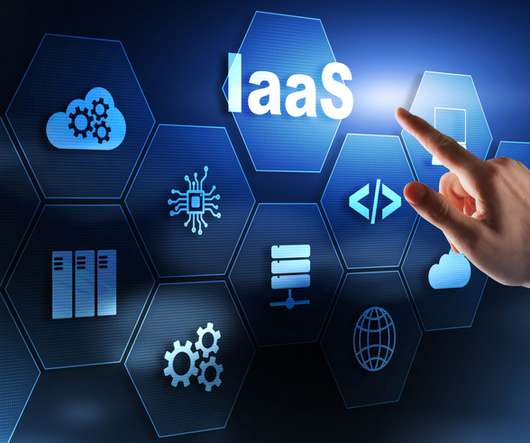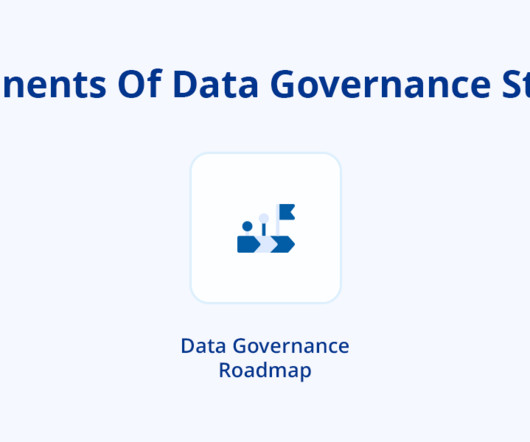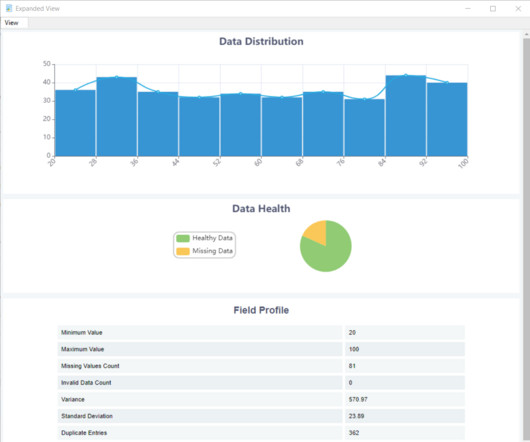Key Differences Between REST vs gRPC: Which One to Use? And When?
Marutitech
JANUARY 13, 2022
API defines the methods and types of calls and requests that one application can make to another and format those data and recommendations. . APIs support the “pluggability” of applications that create a more extensive system. Using REST API, you can perform the actions like GET, POST, PUT and DELETE on the data entities.












Let's personalize your content